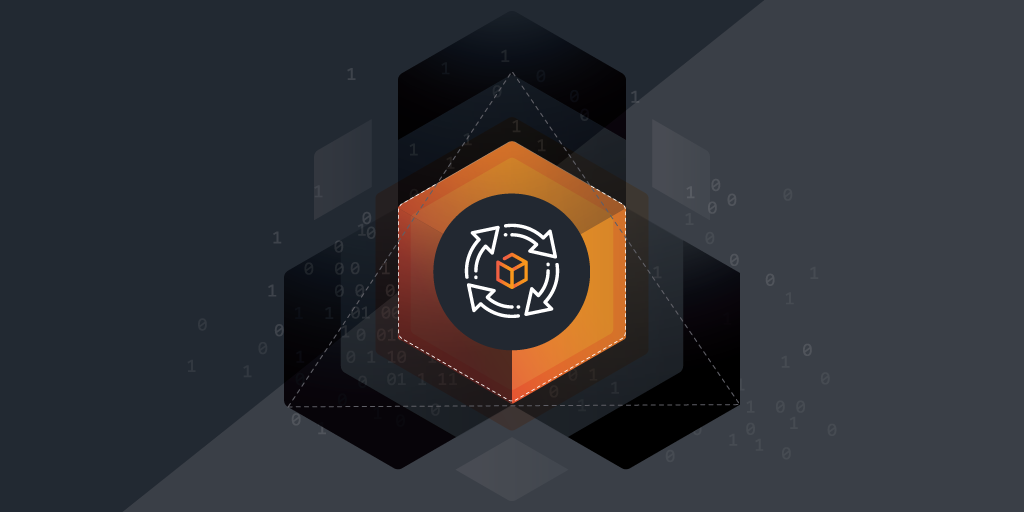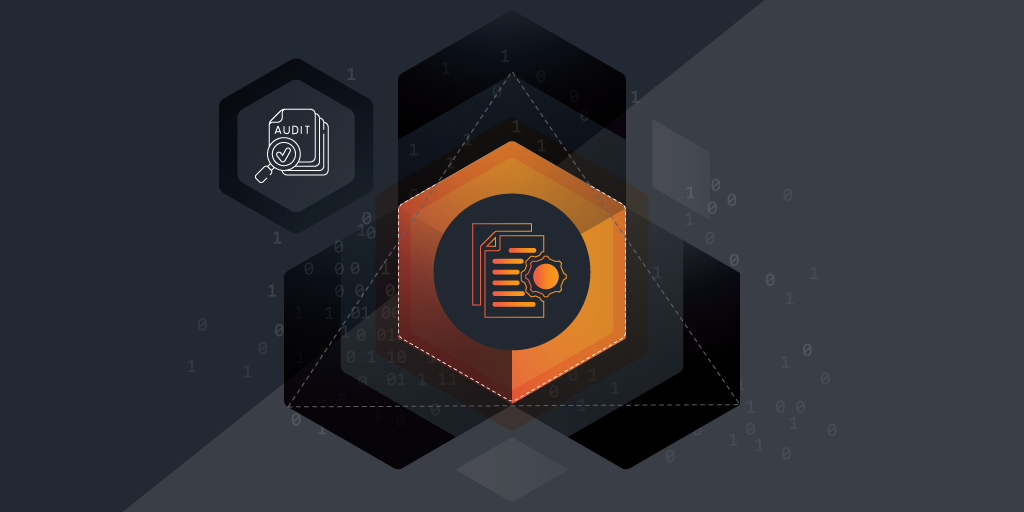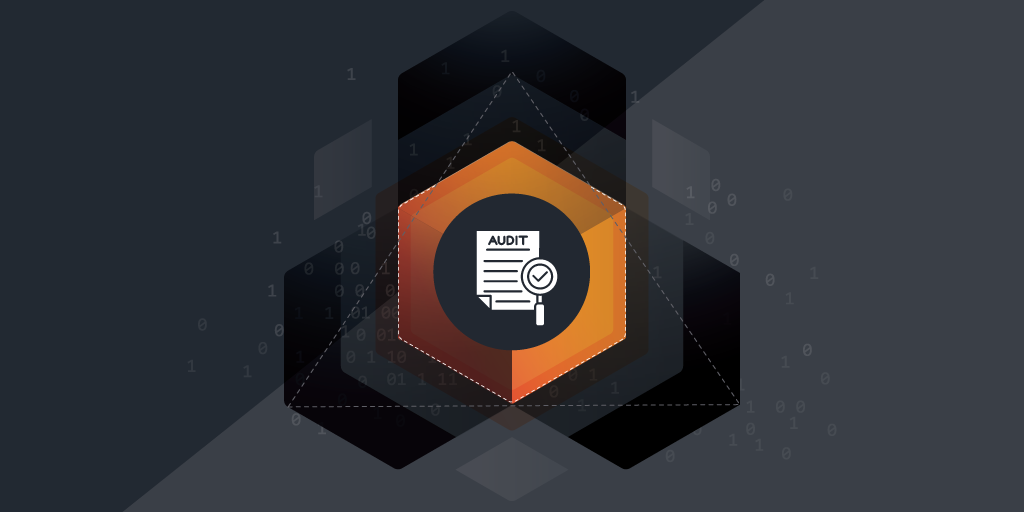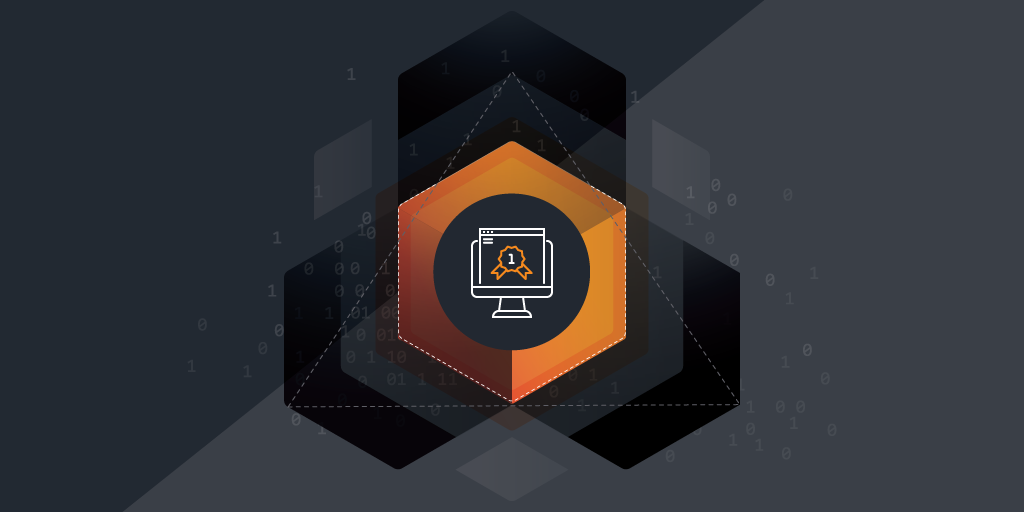
While the complexities of licensing, compliance, and cost control remain constants in the IT world, the approach to tackling these challenges is evolving. Software asset management (SAM) is essential today, and it will continue to be tomorrow—adapting to meet the demands of a changing environment. Let’s explore how the right software asset management tools can equip you with the insights you need to stay on top of your SAM lifecycle management.
In this article, we’ll delve into the tools and best practices that can empower you to master the SAM lifecycle. From crafting strategies to integrating processes, you’ll learn how to navigate the complexities of modern software management with confidence.
Understanding Software Asset Management
At its core, Software Asset Management is about creating a structured approach to the lifecycle of your software assets. It’s a comprehensive set of practices, processes, and tools designed to optimize everything from purchase and deployment to maintenance, utilization, and eventual disposal. Think of SAM as your strategic guide—ensuring that every software investment delivers maximum value while reducing risks like compliance issues or unnecessary costs.
However, SAM isn’t static. It evolves alongside your needs and the tools you rely on. Consider the rapid rise of SaaS adoption: your team probably uses more cloud-based applications now than ever before. This shift reflects just one way softare asset management must adapt to stay effective. To fully leverage SAM, you need tools and practices that align with these changes, helping you manage licenses and maintain compliance in an ever-changing IT environment.
Key Benefits of Implementing Software Asset Management
When you get SAM right, it’s nothing short of transformative. Picture this: you have real-time visibility into all your software assets. No more last-minute scrambles during audits, no surprise costs popping up in your budget, and complete control over license compliance. It enables you to work smarter, not harder.
Now, let’s talk innovation. Trends like blockchain-enabled licensing are reshaping the SAM space. Imagine a future where every software transaction is secure, transparent, and unchangeable. Blockchain could bring a new level of trust and efficiency to license management, eliminating disputes and reducing compliance risks. This isn’t just a glimpse into the future—it’s a direction you’ll want to prepare for.
Common Challenges in Software Asset Management
However, SAM comes with its challenges. Managing shadow IT—the unsanctioned apps and tools your teams download to make their work easier—can feel like an endless chase to keep everything under control. Staying compliant with licensing agreements is no easy feat, especially when regulations seem to change by the minute.
The rise of remote work and BYOD (bring your own device) policies only adds to the complexity. How do you maintain oversight when your software usage extends beyond the office walls? These challenges aren’t going away, but with the right tools and best practices, they’re manageable.
By understanding the benefits and proactively addressing the challenges, you’ll unlock the full potential of SAM while keeping your organization ahead of the curve.
Developing an Effective SAM Strategy
Identifying Organizational Goals and Objectives
Your software asset management strategy should begin with a clear understanding of your goals. Are you focused on cutting costs, ensuring audit readiness, or supporting a hybrid workforce? Maybe your priorities are shifting to align with sustainability trends, pushing you to choose software vendors who share eco-conscious values. Tying SAM objectives to broader organizational goals makes them more strategic and impactful.
Creating a Comprehensive Software Inventory
Before you can reap the benefits of software asset management, you first need to know what you have. A comprehensive inventory of all your software, licenses, and installation will give you a reliable foundation to work from. A complete and up-to-date overview of your software assets ensures that you are always audit ready and on top of your licensing needs.
Establishing Software Usage Policies
The rise of remote work has reshaped how teams use software, and your policies need to keep up. Tools like Zoom, Teams, and Slack have become workplace staples, but without clear guidelines, they can lead to inefficiencies and risks. Well-crafted policies prevent misuse, streamline costs, and ensure security, giving you peace of mind as your workforce evolves.
Integrating SAM into the Asset Management Lifecycle
Linking Software Asset Management with Hardware Asset Management
Picture SAM and HAM as two sides of a coin—they’re most effective when working in tandem. Managing remote employees’ laptops isn’t just about the hardware; it’s about ensuring the right software is installed, updated, and compliant. Linking these two disciplines provides a holistic view of your IT environment, helping you make smarter decisions.
Implementing Standardized Procurement and Approval Processes
Standardization is the secret to smoother procurement processes. But why stop there? Imagine incorporating AI tools that analyze usage trends and predict which licenses you’ll need next. With AI’s support, you could simplify decision-making, cut costs, and avoid unnecessary purchases—all while staying ahead of your team’s needs.
Ensuring Software Compliance Throughout the Asset Lifecycle
Compliance isn’t just a task—it’s the backbone of SAM. The right software asset management tools, whether classic or powered by AI and machine learning, can make compliance easier than ever. By automating checks and identifying risks before they escalate, you can shift from reactive to proactive management, saving both time and resources in the process.
Implementing End-to-End License Management
Understanding Software Licensing Models
From traditional perpetual licenses to SaaS subscriptions, understanding the nuances of software licensing models is crucial. Different licensing agreements each have their own terms and that need to be tracked and complied to. Understanding your licensing models ensures compliance and protects you from costly non-compliance fees. Don’t be afraid to approach your vendor to make sure that you are fully clear on the terms of your contract.
Optimizing License Usage and Minimizing Compliance Risks
How many licenses are sitting unused, quietly draining your budget? Regular audits help you make sure you are making the most of the licenses you have and eliminating the redundant ones. If we look at the future, predictive analytics could take things to the next level, by identifying patterns and forecasting needs, these tools let you redistribute, downgrade, or retire licenses effectively, ensuring every dollar spent is delivering value.
Automating License Tracking and Renewal Processes
When it comes to license management, automation is your best ally. The right software asset management tools will alert you well before licenses expire so you have enought time to renew it, or adapt your licensing agreement to your actual usage. By reducing the manual workload, you gain the bandwidth to tackle larger initiatives while keeping compliance and efficiency on track.
Planning and Reporting on SAM Costs
Budgeting for Software Purchases and Maintenance
Budgeting for SAM is more than just controlling costs; it’s about making sure your spending aligns with your business goals. Think of it as a roadmap. With the right tools that have real-time dashboards, you can track software expenses and quickly make adjustments in areas where you might be overspending. Instead of waiting until the end of the quarter, you’ll have a clear picture of your financial health at all times.
Tracking Software Expenditures and Cost Savings
How much of your software spend is actually being used? Studies show that up to 30% of software expenditure could be wasted on unused or underutilized applications. By leveraging tools that give you granular insights into how software is being used, you can identify these opportunities to reclaim costs.
Generating Accurate SAM Cost Reports for Management
Reporting on SAM costs doesn’t need to be a headache. Thanks to automation tools, you can now generate detailed, accurate reports with a few clicks. These reports not only provide the data needed for decision-making but also demonstrate the value of SAM to stakeholders. Whether it’s showcasing cost savings or efficiency gains, these reports give you the information you need to make smarter, data-driven decisions.
Managing Relationships with SAM Vendors
Evaluating and Selecting Reliable Software Vendors
Choosing the right software vendor goes beyond just evaluating their cost and functionality. You also want to choose a vendor that offers reliable support and is flexible in adapting your licensing agreement to your needs. Today, it’s also about ensuring that the vendor aligns with your organization’s values—like sustainability. Vendor selection should reflect long-term goals that go beyond the immediate cost to provide a healthy working relationship.
Negotiating Favorable License Agreements and Contracts
Negotiating software contracts can be challenging. However, armed with data from your SAM tools, you’re in a stronger position to negotiate better terms. Whether it’s securing lower costs or locking in more favorable terms for renewals, having concrete data to back up your case can significantly improve your bargaining power.
Establishing Effective Vendor Management Processes
Strong vendor relationships are built on transparency and communication. Regular reviews, clear expectations, and open discussions ensure that your vendors stay aligned with your goals. By fostering a collaborative partnership, you not only ensure that the software you’re using is meeting your needs but also paves the way for long-term, productive relationships.
Preparing for the Future of SAM
The future of SAM is taking shape, and emerging trends are at the forefront of this transformation. Here’s how you can get ahead of the curve:
- Blockchain: Blockchain is making waves in licensing and inventory management. Its applications, such as smart contracts, can create a more secure and transparent process for managing licenses and tracking software assets. Stay informed about how this technology could impact your SAM strategy moving forward.
- Sustainability: Sustainability is no longer just a buzzword; it’s becoming a key consideration in business decisions, including SAM. Advocate for greener practices in your SAM processes—whether it’s choosing vendors with eco-friendly initiatives or ensuring that your software management aligns with environmental goals.
- Remote Work: The remote work trend is here to stay. With more teams working from different locations, your SAM tools and policies need to support flexible work environments. Consider how cloud-based solutions, mobile device management, and remote software tracking can enhance your SAM practices.
Keep a Comprehensive View of Your Software Assets With Lansweeper
To stay on top of your sofwtare assets, you need the right tools. Lansweeper’s asset discovery solution gives you real-time visibility and control over your software and hardware assets. Make the most of software asset management best practices and tools by streamlining compliance, optimizing license usage, and integrating SAM with the entire asset lifecycle.
Take the next step—request a free demo today and see how Lansweeper can transform your IT operations.
See Lansweeper in Action – Watch Our Demo Video
Sit back and dive into the Lansweeper interface & core capabilities to learn how Lansweeper can help your team thrive.
WATCH DEMO

